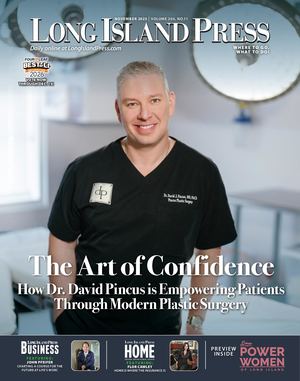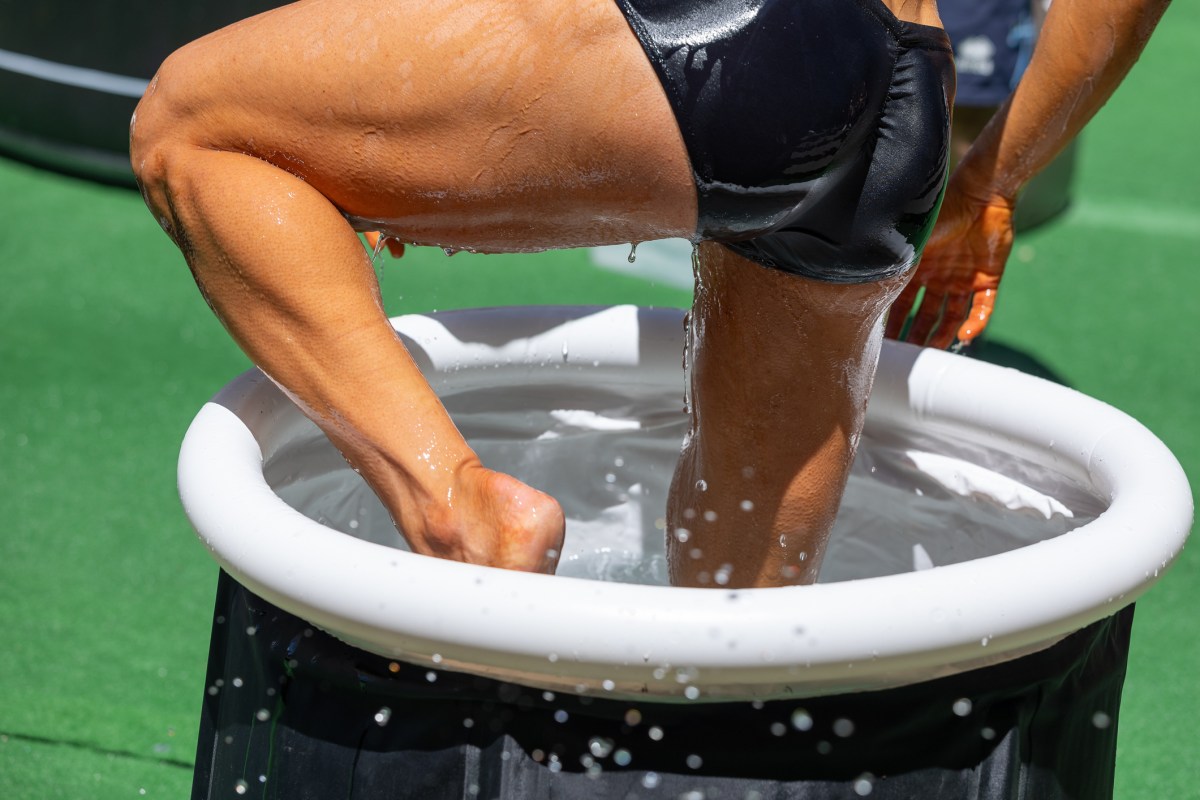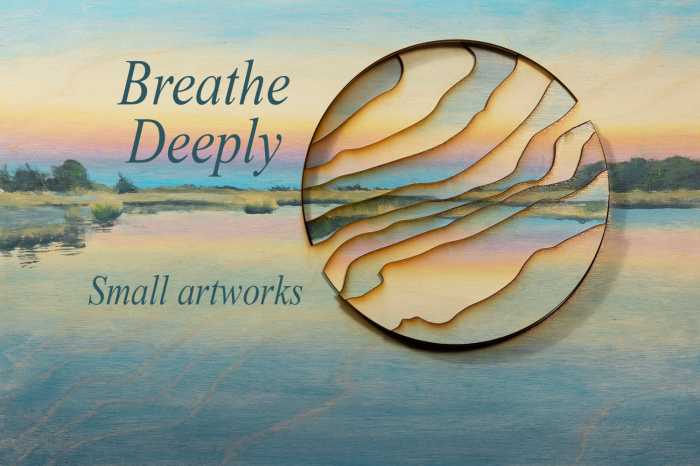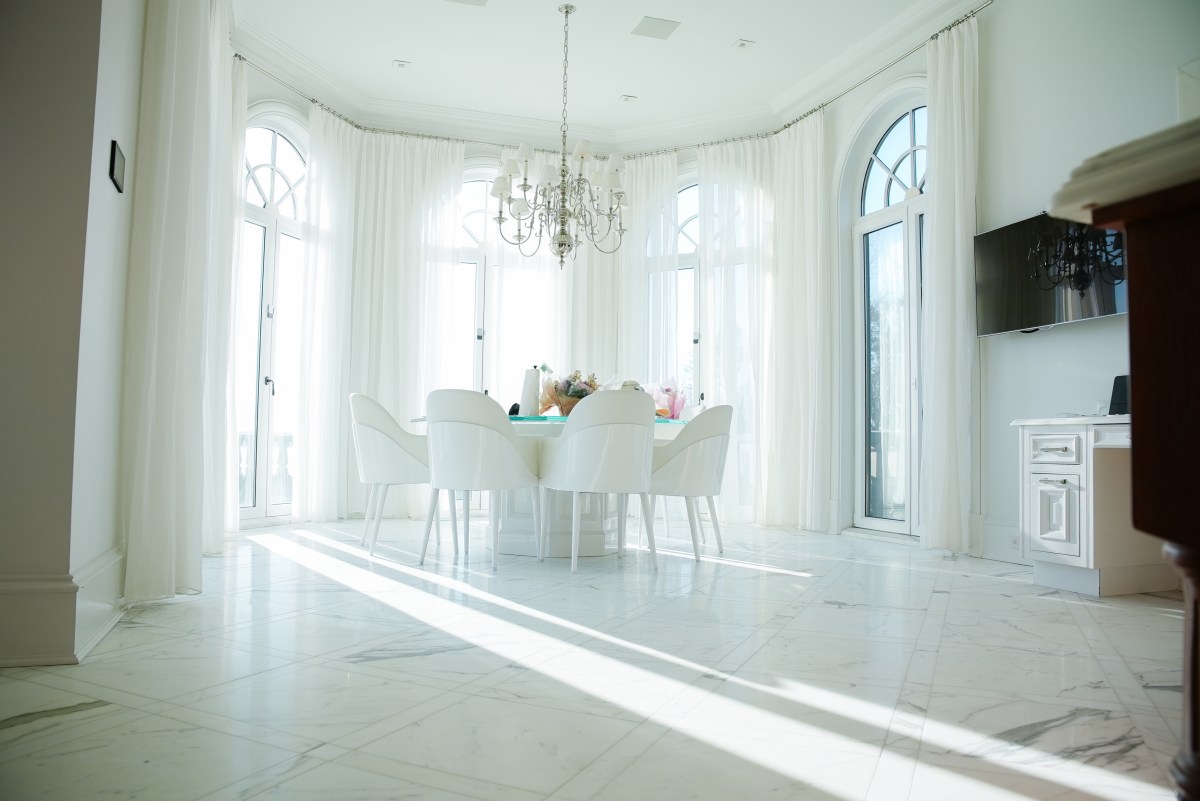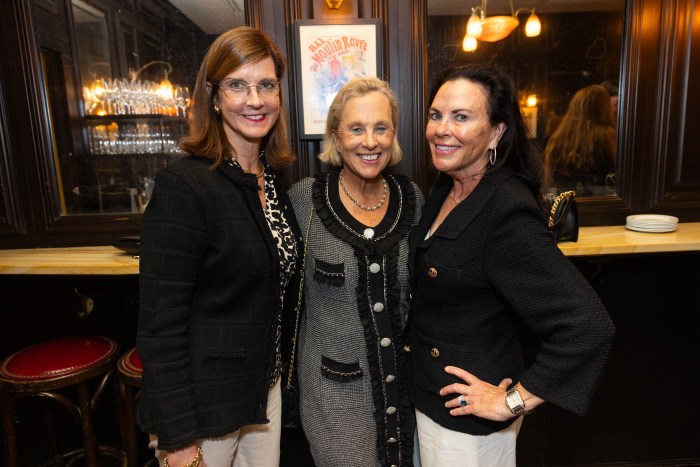Once reserved for elite athletes and high-performance recovery centers, ice plunges are making their way into mainstream wellness routines.
From boutique plunge salons in urban neighborhoods to portable inflatable tubs available for home use, cold immersion is enjoying a resurgence in popularity as both a physical recovery tool and a mental reset ritual.
Ice plunges, also known as cold water immersion therapy, involve submerging the body in water that typically ranges from 39 to 59 degrees.
Advocates claim that the practice helps reduce inflammation, improve circulation, boost mood and sharpen mental focus. Though the science remains under review in some areas, a growing number of studies suggest that cold exposure can offer real physiological benefits, especially when practiced regularly and safely.
The health appeal of ice plunges lies largely in their reported ability to trigger the body’s natural stress response.
When exposed to cold, blood vessels constrict and then dilate upon exiting the plunge, which can promote improved blood flow and aid muscle recovery. Athletes have long used the technique to combat soreness and accelerate healing. Now, non-athletes are diving in for a different reason: resilience and rejuvenation.
Mental wellness has become a key focus in the cold plunge trend. Proponents say the practice forces the mind into the present moment, demanding deep breathing and mental control as the body responds to the cold.
This intense focus has led some to compare plunges to meditation or breathwork. Regular users report reduced anxiety, increased energy and improved sleep—all of which are driving interest far beyond the world of sports.
The trend has given rise to an entire industry. Plunge salons—wellness centers that specialize in guided cold exposure—have opened in cities across the United States. These studios often combine ice baths with other services such as infrared saunas, compression therapy and breath coaching.
Some salons offer single sessions for newcomers or monthly memberships for those looking to integrate plunges into their weekly routine. Many incorporate community events or group plunges, tapping into the social and motivational aspects of wellness culture.
Meanwhile, at-home plunge options are also growing rapidly. Once considered a luxury, cold tubs are now more accessible thanks to a range of inflatable and portable models.
These setups typically cost less than a few hundred dollars and even as inexpensive as $40, far less than the professional-grade units used in training facilities. Many are designed for easy setup and drainage, making them appealing for individuals who want the benefits of cold therapy without permanent installations or major plumbing upgrades.
Some models feature insulation, digital thermometers and water circulation systems to keep the temperature consistently cold. Others are simpler, relying on ice and a garden hose to deliver the experience.
Social media platforms have played a major role in their popularity, with influencers and wellness enthusiasts posting daily plunge videos that highlight both the physical challenges and perceived payoffs.
Retailers and e-commerce platforms have taken notice. Cold plunge tubs are now featured on major online marketplaces and health-focused websites.
Many brands promote the equipment as a holistic wellness investment, promising improved recovery, mood stabilization and even enhanced immune response. Though some claims remain anecdotal, the demand speaks for itself.
Public interest in cold therapy reflects a broader shift toward high-intensity wellness experiences that challenge the body and mind. Similar to trends like breathwork sessions, cryotherapy chambers and sauna cycling, ice plunges appeal to consumers seeking more than passive relaxation. Instead, they offer a test of endurance and self-mastery, often accompanied by a sense of accomplishment and clarity.
Health professionals caution that ice plunges are not suitable for everyone, especially those with heart conditions or certain chronic illnesses.
Proper technique, temperature regulation and time limits are crucial to avoid negative side effects such as hypothermia or fainting. As the trend grows, education around safe practices is becoming an essential part of the conversation, both in salons and online.
Despite the risks, as noted prominently for several years by the American Heart Association, the movement shows no sign of slowing down. As interest in natural, drug-free methods of stress relief and recovery expands, ice plunges are poised to remain a prominent feature of the wellness landscape. Their appeal spans demographics, from biohackers and fitness enthusiasts to busy professionals and mindfulness seekers.
The affordability of home plunge solutions has helped democratize what was once an elite recovery method. With more people able to access the experience, cold immersion is becoming not only a health practice but a lifestyle marker. Whether at a luxury studio or in a backyard inflatable tub, the ritual of the plunge is now a symbol of intentional living and personal resilience.
As wellness continues to evolve, cold therapy’s role in daily health routines is growing stronger. For many, braving the ice isn’t just about feeling better physically—it’s about proving they can face discomfort, build discipline and emerge more grounded on the other side.
